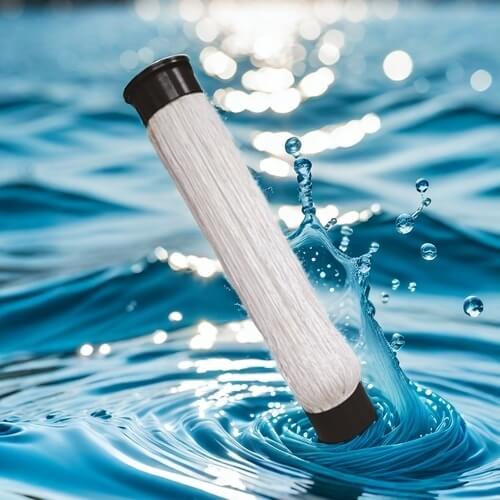Method for treating mixed electroplating wastewater
The treatment of mixed electroplating wastewater involves various methods and technologies to remove heavy metals, cyanides, and other pollutants from the wastewater. The following are commonly used processing methods and their characteristics:
1. Chemical precipitation method
Principle: Add chemical agents (such as sodium hydroxide, lime, etc.) to wastewater to convert dissolved heavy metal ions into insoluble precipitates.
Application: Suitable for the removal of high concentration heavy metal wastewater, especially chromium and cyanide.
Advantages: Simple operation and significant processing effect.
Disadvantage: It may generate a large amount of sludge and require subsequent treatment
2. Ion exchange method
Principle: Using ion exchange resin to exchange heavy metal ions in wastewater, thereby removing pollutants.
Application: It has a good effect on low to medium concentration heavy metal wastewater and can recover valuable substances.
Advantages: No secondary pollution, good effluent quality.
Disadvantages: High investment and operating costs, resin saturation easily

3. Membrane separation technology
Types: including reverse osmosis (RO), nanofiltration (NF), ultrafiltration (UF), etc.
Principle: Through the selective permeability of the membrane, pollutants in water are separated under a certain driving force.
Application: Widely used for the reuse of electroplating wastewater, it can effectively remove heavy metals and organic matter.
Advantages: High processing efficiency and small footprint.
Disadvantages: High cost of membrane materials and susceptibility to contamination
4. Biological treatment method
Principle: Utilizing microorganisms to degrade organic pollutants while altering the valence state of heavy metals in wastewater.
Application: Suitable for electroplating wastewater with high organic content, often combined with other methods to improve the effect.
Advantages: Environmental protection and economy.
Disadvantages: High requirements for environmental conditions and long processing cycle
5. Comprehensive processing technology
Modern electroplating wastewater treatment usually adopts a combination of multiple methods to improve efficiency and reduce costs. For example:
Pre treatment: Use chemical precipitation method to remove most heavy metals.
Biochemical treatment: combining anaerobic and aerobic processes to degrade organic matter.
Deep processing: further purification through membrane separation technology.
6. Electrolytic method
Principle: Remove heavy metal ions and other pollutants from wastewater through electrolysis reaction.
Advantages: It can effectively remove various pollutants and recycle valuable metals.
Disadvantages: High equipment investment and high energy consumption.
Conclusion
The treatment of mixed electroplating wastewater requires the selection of appropriate technologies based on specific water quality. The comprehensive use of multiple methods can effectively reduce the impact of wastewater on the environment and achieve resource recovery and reuse. With the improvement of environmental standards, enterprises need to continuously optimize their treatment processes to meet increasingly stringent emission requirements.
